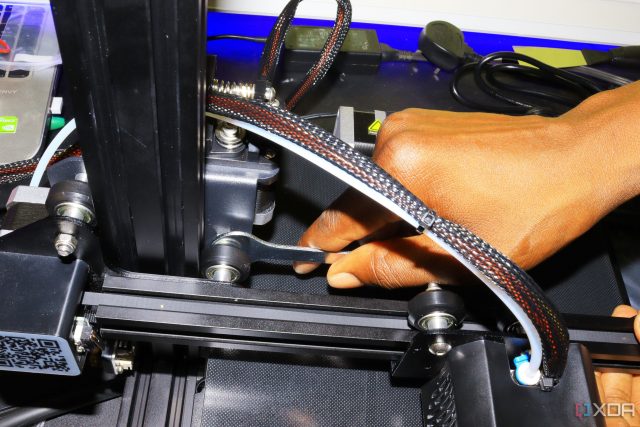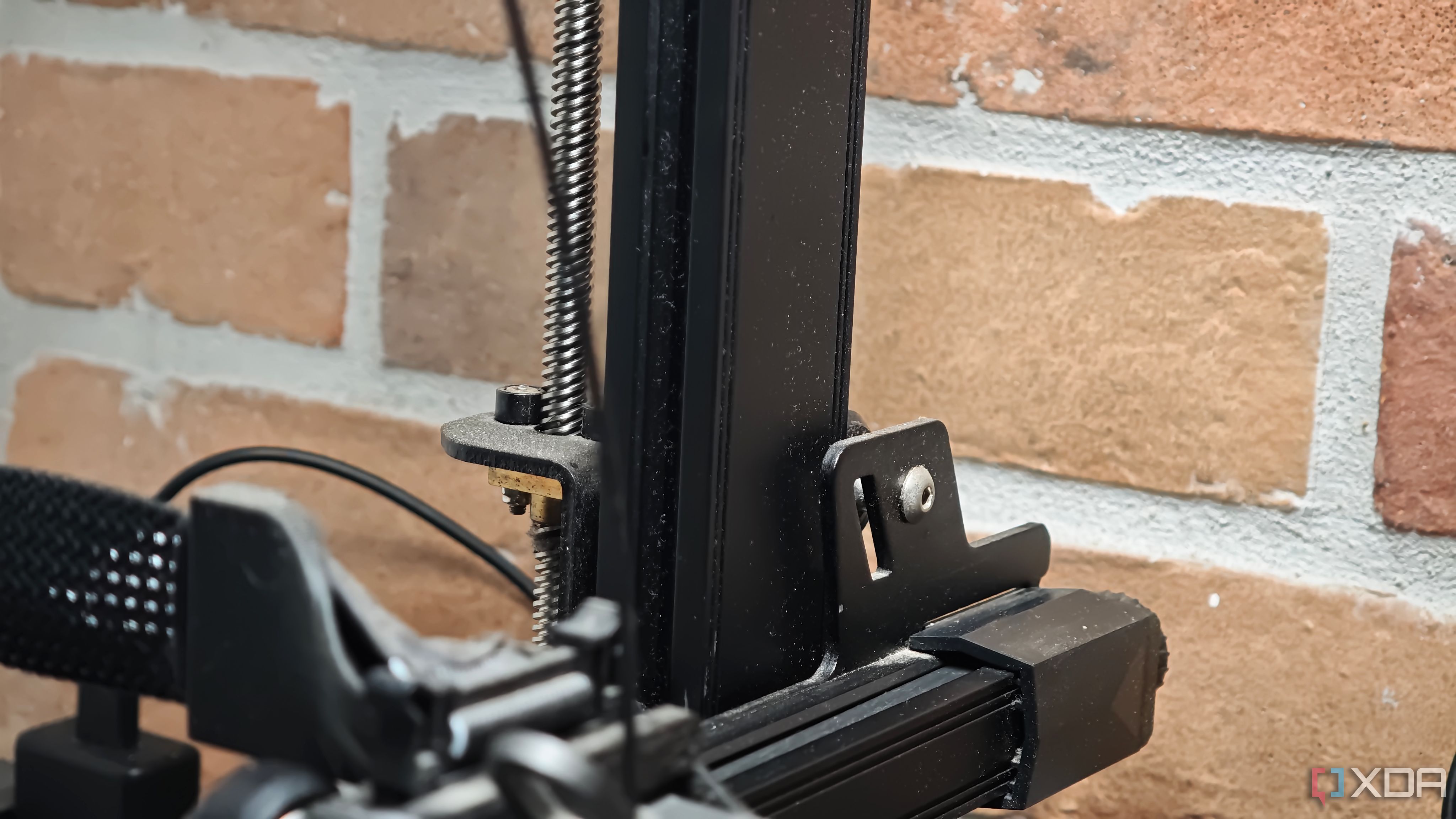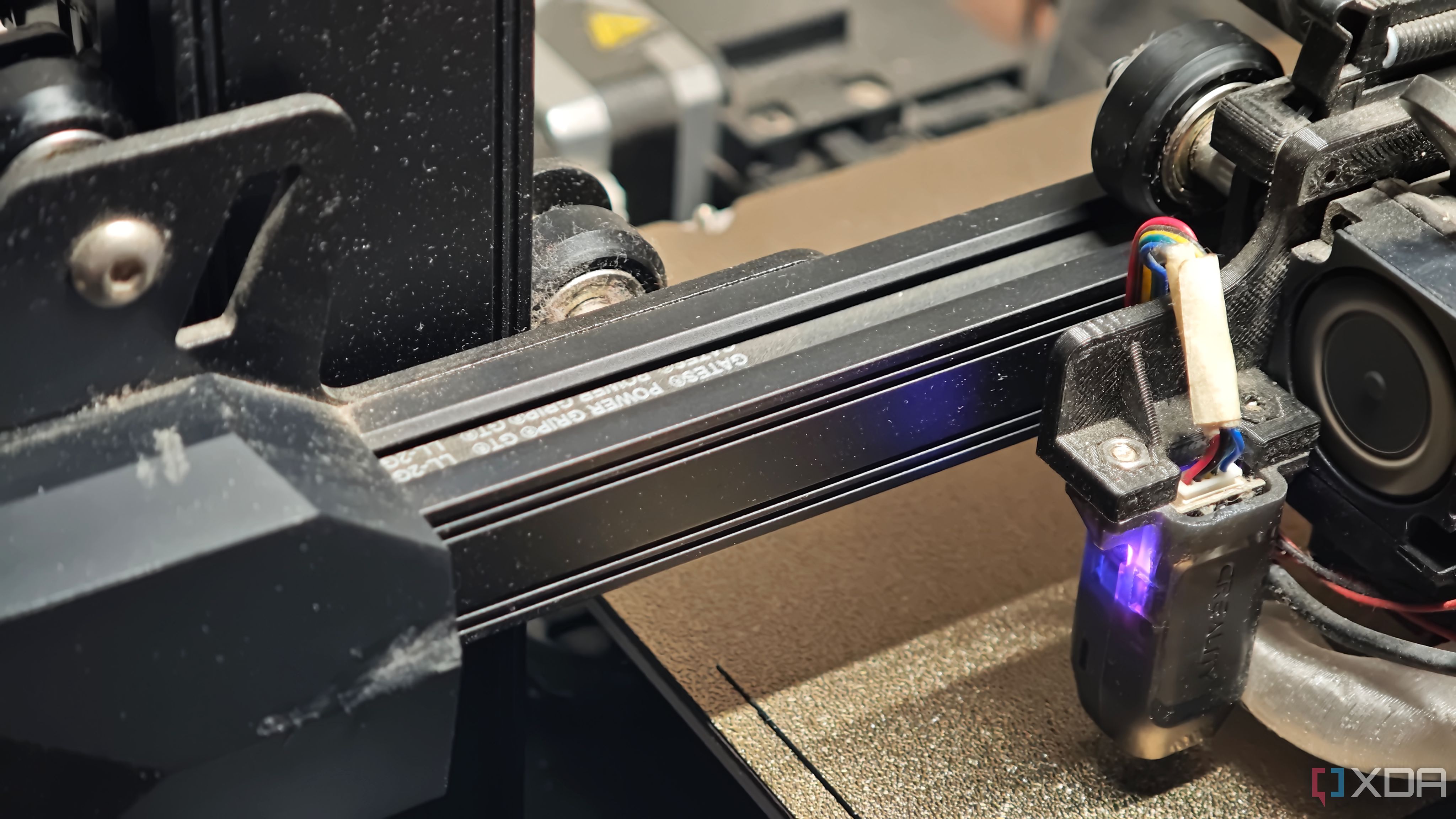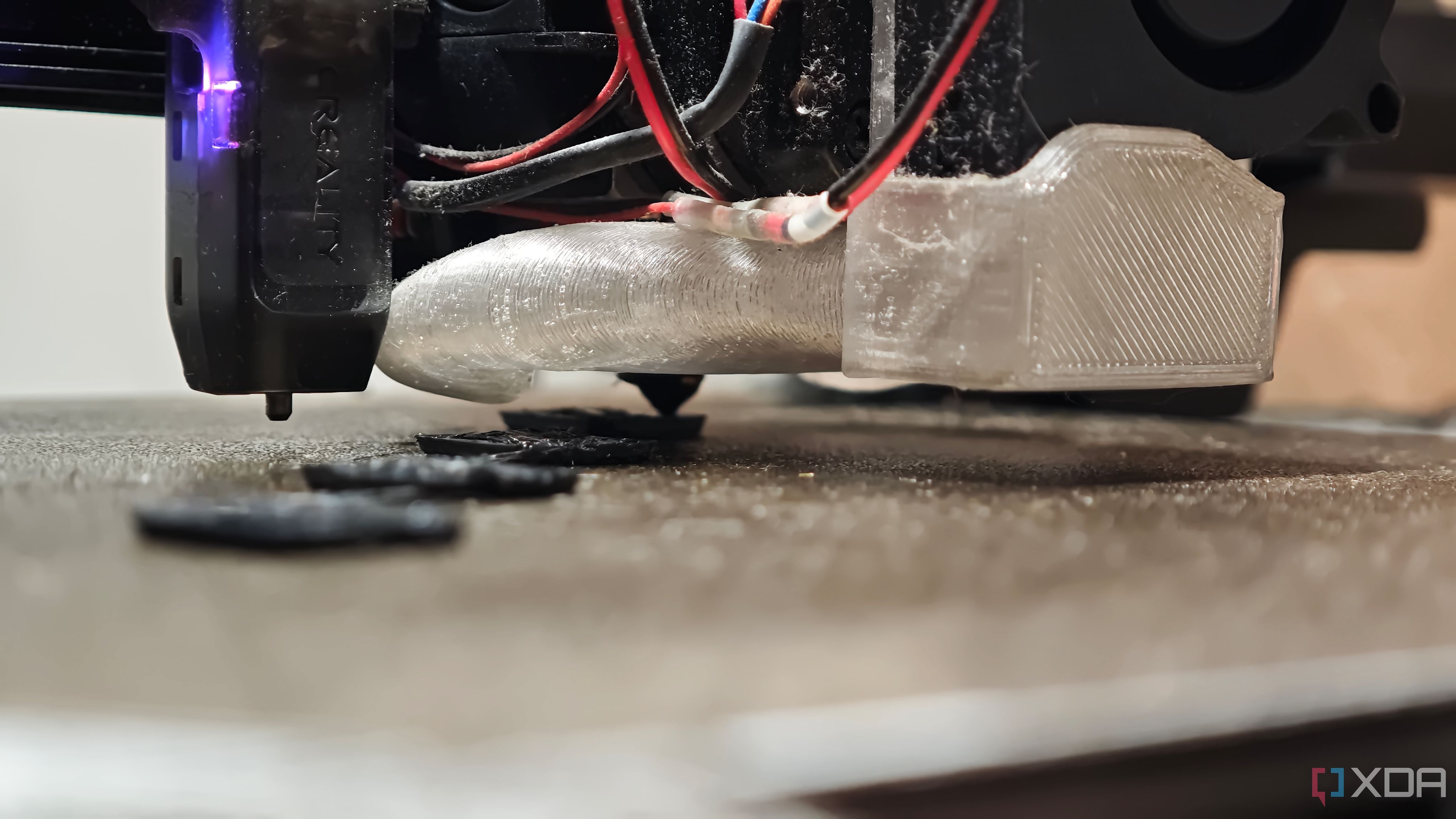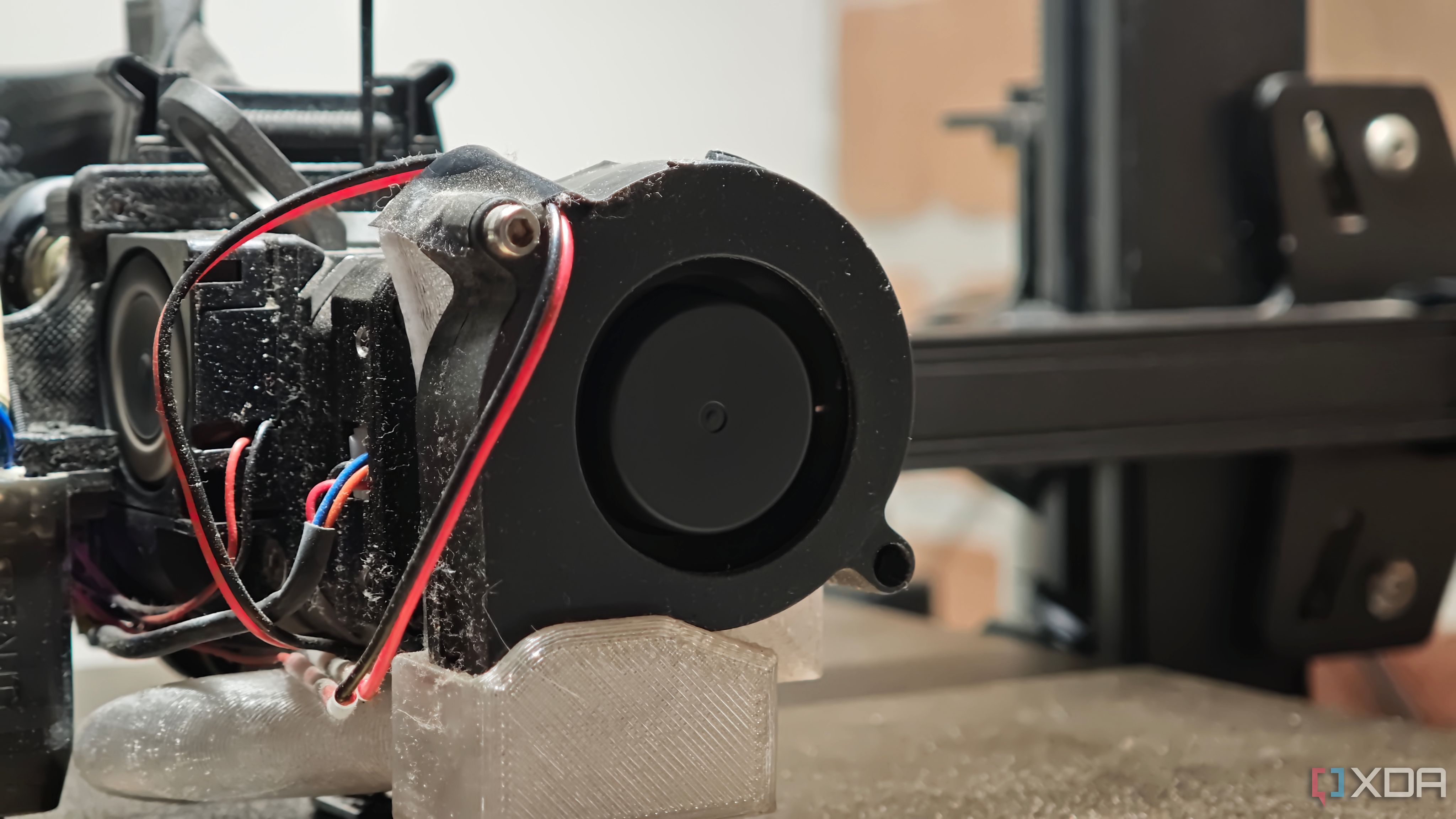3D printing can be a fun hobby — until you encounter an issue for which you just can’t seem to figure out the root cause. If the problems are related to printing, there are certain procedures you can follow to fix them. However, every 3D-printing enthusiast faces peculiar issues from time to time that appear out of nowhere. For instance, my Creality Ender 3 S1 Pro’s bed just stopped heating up one day. Once I managed to solve it, I wasn’t able to level the bed properly — even with an automatic bed-leveling probe. If you’re getting into the world of 3D printing, you should be ready to get your hands dirty to solve such errors. Another such issue that may simply annoy you or ruin your prints is weird noises coming from your 3D printer.
I was printing a wallet for myself the other day when I suddenly started hearing whirring noises from my 3D printer. Thankfully, the print job finished without issues, but I could definitely sense that something was wrong. That’s when I realized that several beginners with little experience in 3D printing may also face this issue all of a sudden, and it may be difficult to figure out what’s causing it. The solutions to these issues aren’t mentioned in the instruction manual, nor are they straightforward. Well, that’s exactly why I decided to put together this guide. If your 3D printer is making weird noises all of a sudden, here’s what could be causing it, and how you can fix the issue.

Related
7 beginner mistakes to avoid when getting into 3D printing
When you start your 3D printing adventure, be sure to avoid these newbie mistakes
5
Loose nuts and bolts
A common occurrence
A 3D printer has several small and large parts that are joined and held together by lots of nuts, bolts, and screws. Over time, with moving parts and constant vibrations, these nuts and bolts may become loose. This is more prevalent if you generally print at high speeds, or your 3D printer is placed on a surface that’s not as stable. If some nuts, bolts, or fasteners have loosened up, you will hear sounds when you print something the next time, due to the vibrations.
To fix this, find all the exposed nuts and bolts on the print head, bed assembly, and printer chassis. Then, tighten them with a spanner, screwdriver, or an Allen key. The rattling sound should disappear now if it was caused due to loose nuts.
4
Misaligned bed or rails
Ensure perfect assembly
Most 3D printers come in a disassembled state, and you have to assemble them manually once you receive the package. While the assembly is pretty straightforward, one may end up misaligning the bed or the side rails that move the printed head across the two axes. This leads to grinding, stuttering, and scraping noises. Even if you’ve assembled the rails and the bed correctly, such issues may also arise from wear and tear.
So, if you have been using your printer for a while and haven’t checked the bed and rails in a long time, it’s time to do so now. Remove the bolt holding the rails on the sides, give it a thorough clean, and install it in place accurately. Next, remove the four screws holding the bed in place, and align the bed properly before reattaching it.
3
Irregular belt tension
Ensure the parts are moving freely
The print head in a 3D printer moves freely with the help of rubber belts that are connected to motors that move not just the head but even the hot bed. These belts need to be set to precise tension levels, or else the movement of the parts can become restricted. If the tension is too high, the belts may produce a high-pitched screeching sound, while a loose belt with low tension may make slapping noises.
If you’re hearing any of these sounds, it’s time to check the tension of the belts. Place your finger at the center of all the belts and push gently. It should neither be too firm nor too soft. If you feel the tension is off, use the knobs at the end of each belt to fix the tension accordingly.

Related
7 common 3D printing mistakes I learned to avoid
3D printing beginners often make the same mistakes, but I’ve got tips on how to avoid them
2
Clogged nozzle
It’s time for a clean-up
Whenever you’re switching from one type of filament to another, it’s extremely simple to clog up the nozzle of your 3D printer. The issue could also arise due to burnt fragments of filament not extruding out or dust. Irrespective of the cause, a clogged nozzle would mean the gears work harder to pull in fresh filament and extrude it, resulting in undesirable sounds. If you’re hearing clicking or popping sounds regularly, this is probably the source.
In order to clear the filament build-up, we would recommend heating up the hot-end to a high temperature value, so that the settled filament melts and extrudes by itself. If that doesn’t work, use a needle or a similar pointed object with the hot-end at a high temperature to clean the nozzle from the inside.
1
Debris in the cooling fan
Remove all obstructions
Well, this was the issue I was personally facing on my 3D printer. The hot-end has a cooling fan close to it to cool off each layer before moving to the next one when printing. Now, since the fan blades rotate at high speeds, they have the tendency to create a sound if a foreign object goes inside and comes in front of the blade. That’s exactly what happened with my printer.
I have used a fan mod for my 3D printer, and as a result, the wiring near the fan is slightly loose. Unknowingly, the loose ends of the wires went into the fan duct, leading to a constant buzzing sound. I carefully got the wires out and taped them to the outer surface of the cooling fan to prevent it from happening again.
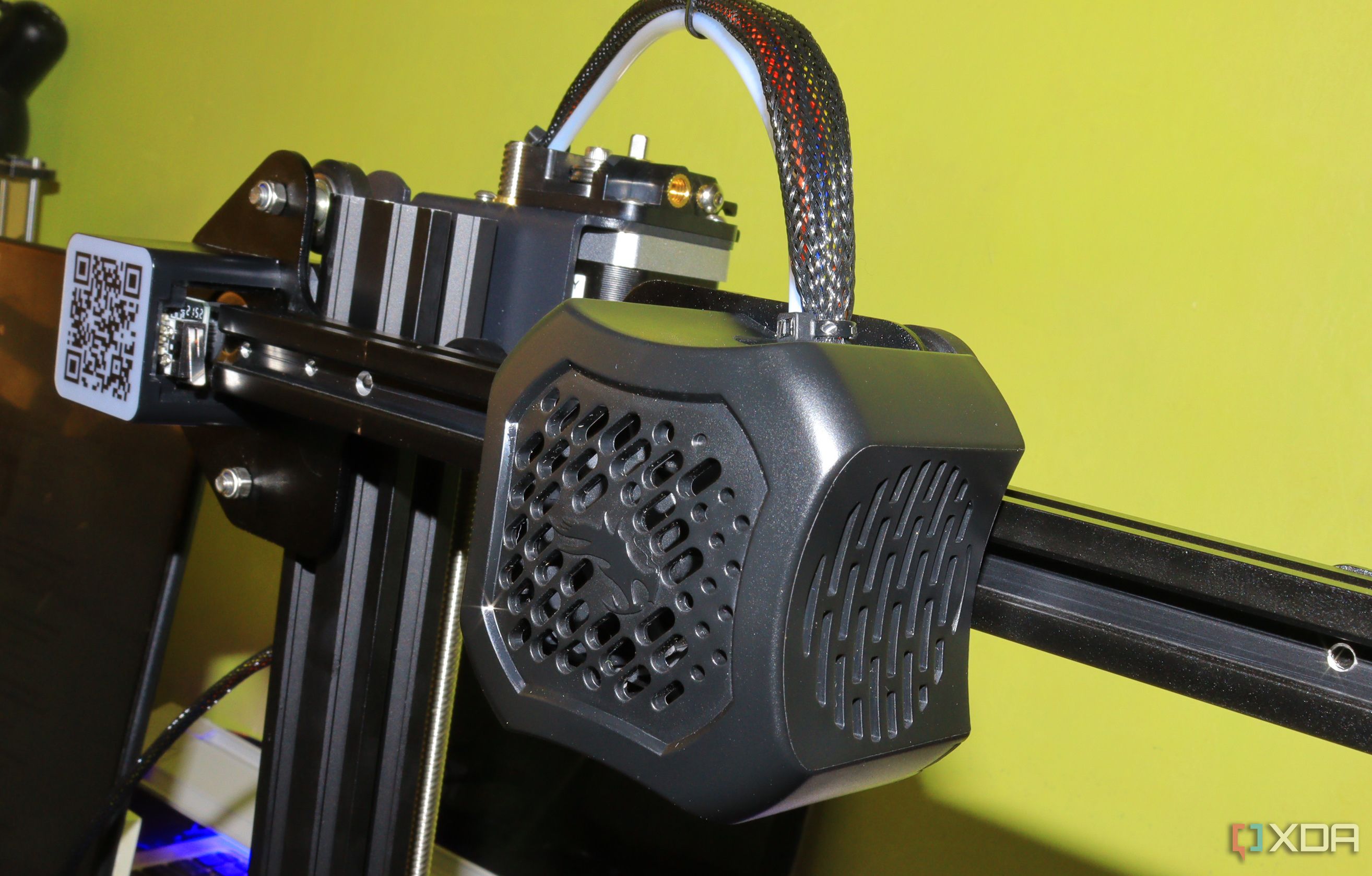
Related
5 mods you can make to your 3D printer for better performance
Print faster and better with these simple yet effective mods
Get the best out of your 3D printer
Small issues like these may seem insignificant, but they can contribute to ruined prints in the long run, or may cause permanent damage to certain components of your printer — neither of which is desirable. So, as soon as you notice any problem with your printer, it’s vital to identify the source of the problem and fix it as soon as possible. This ensures all your future prints remain unaffected and your 3D printer consistently outputs high-quality objects.
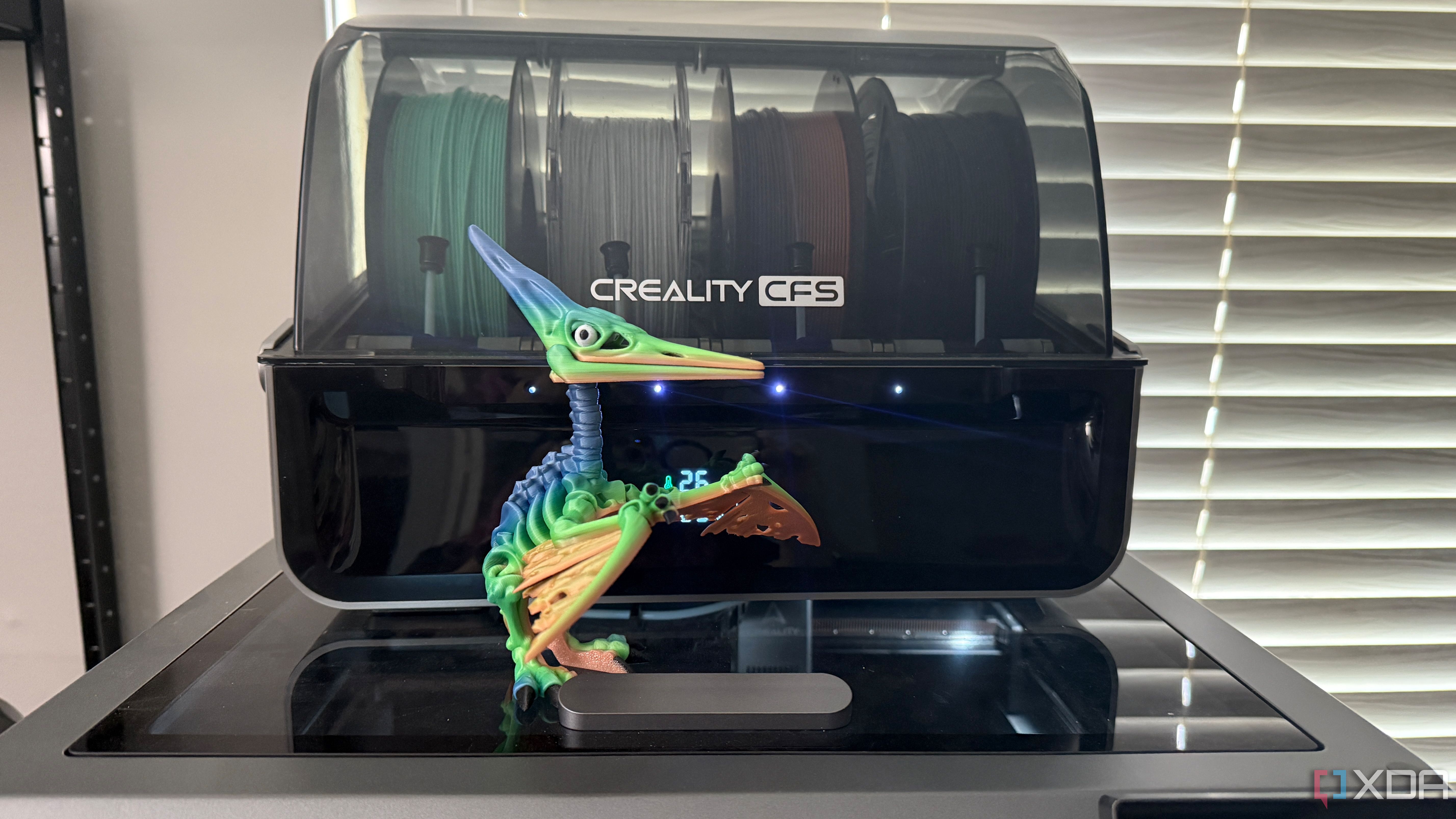
Related
5 reasons every 3D printing enthusiast should use Yeggi
It makes the process a lot easier


